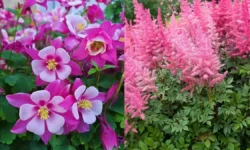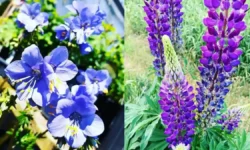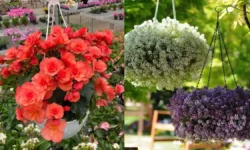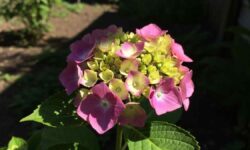Coffee is more than just a favorite morning drink for millions of people around the world; it can also play an important role in gardening. Many gardeners use coffee grounds as a natural soil amendment or compost ingredient, but questions often arise about their benefits and potential risks. Are coffee grounds really good for plants? The answer depends on how they are used and what types of plants you grow.
This complete guide explores the science behind coffee grounds, their effects on soil and plant health, and the best ways to use them safely.
Table of Contents
Understanding the Nutritional Content of Coffee Grounds
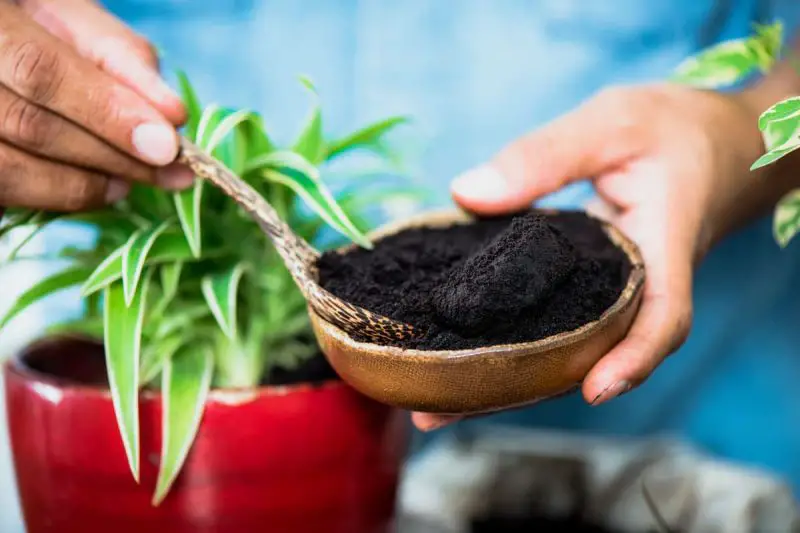
Coffee grounds contain several nutrients that are beneficial for plants, including nitrogen, potassium, and phosphorus. Nitrogen is especially important because it supports healthy leaf and stem growth, making coffee grounds an excellent addition for leafy plants. Spent coffee grounds also contain small amounts of micronutrients such as magnesium and calcium, which contribute to overall plant health.
However, coffee grounds are not a complete fertilizer on their own. While they add organic matter to the soil, their nutrient ratio is not balanced enough to replace other sources of plant food. The nitrogen in coffee grounds becomes available to plants slowly, as it needs to decompose first. This slow-release process is ideal for improving soil fertility over time but may not provide immediate results.
Do Coffee Grounds Change Soil pH?
One of the most debated topics about coffee grounds is their effect on soil acidity. Fresh coffee grounds are acidic, but most of the acidity is removed during the brewing process. Used coffee grounds generally have a pH close to neutral, typically between 6.5 and 6.8, which makes them suitable for most plants.
That being said, adding large amounts of coffee grounds to the soil can slightly lower the pH over time. Acid-loving plants such as blueberries, azaleas, and camellias may benefit more from coffee grounds than plants that prefer alkaline conditions. Understanding your soil’s current pH level before applying coffee grounds ensures you do not unintentionally make the soil too acidic.
How Coffee Grounds Affect Soil Structure
Adding coffee grounds to soil can significantly improve its structure. The organic matter in coffee grounds increases soil aeration, helping plant roots breathe better. This is particularly beneficial for heavy clay soils, which tend to compact and restrict root growth. By loosening the soil, coffee grounds allow water and nutrients to move more freely, encouraging stronger and healthier root systems.
Coffee grounds also help improve soil moisture retention. Their fine particles absorb water, making them useful for sandy soils that dry out too quickly. However, applying thick layers of coffee grounds directly on top of the soil can sometimes create a barrier, preventing proper water penetration. Mixing them well into the soil or composting them first is a better approach.
Do Coffee Grounds Attract or Repel Pests?
Another reason gardeners use coffee grounds is their potential to deter pests. The strong smell of coffee can sometimes repel insects such as ants, snails, and slugs, although results vary depending on the species and environmental conditions. Some studies suggest that caffeine in coffee grounds may be toxic to certain insects, reducing pest problems in the garden.
On the other hand, coffee grounds can attract beneficial organisms such as earthworms. Earthworms are essential for healthy soil because they aerate the ground and help decompose organic material. By encouraging earthworm activity, coffee grounds indirectly improve soil fertility and plant health.
Can Coffee Grounds Be Used as Mulch?
Coffee grounds can serve as mulch, but caution is necessary. When applied directly in thick layers, coffee grounds can compact into a dense mat, blocking water and air from reaching plant roots. This can lead to moisture-related problems such as root rot or fungal growth.
If you want to use coffee grounds as mulch, mix them with other organic materials like shredded leaves, straw, or bark to improve airflow. A thin layer of mixed mulch not only retains soil moisture but also suppresses weed growth effectively. Over time, as the mulch decomposes, it adds valuable nutrients back into the soil.
Are Coffee Grounds Good for Compost?
Composting coffee grounds is one of the best ways to use them in the garden. They are considered a green compost material because of their high nitrogen content. When combined with brown compost materials such as dried leaves, cardboard, or sawdust, coffee grounds help create a balanced compost pile.
The microorganisms that break down organic matter thrive in nitrogen-rich environments, so adding coffee grounds can speed up the composting process. Once fully decomposed, compost containing coffee grounds enriches garden soil, improves its structure, and enhances its ability to hold nutrients and moisture.
Which Plants Benefit Most from Coffee Grounds?
Certain plants respond better to coffee grounds than others. Acid-loving plants such as blueberries, hydrangeas, and azaleas often benefit from the slight acidity and nitrogen content. Leafy vegetables like spinach, lettuce, and kale also respond positively because they require higher levels of nitrogen for healthy foliage growth.
However, not all plants appreciate coffee grounds. Seedlings and young plants can be sensitive to the caffeine present in coffee grounds, which may inhibit root growth in some species. Root vegetables like carrots and radishes may also grow poorly in soil heavily amended with coffee grounds, as the added nitrogen encourages leafy growth instead of strong root development.
Can Too Much Coffee Grounds Harm Plants?
While coffee grounds offer many benefits, overusing them can be harmful. Excessive application can lead to soil compaction, which reduces oxygen availability for roots. Too much nitrogen from coffee grounds may also cause an imbalance in nutrient availability, leading to lush foliage growth at the expense of flowers or fruits.
Additionally, some plants may experience stunted growth due to the natural caffeine content in coffee grounds. Caffeine can suppress the germination of seeds and inhibit root growth in certain species. To avoid these problems, coffee grounds should be used in moderation and preferably mixed with other organic materials.
Are Fresh Coffee Grounds Different from Used Ones?
Fresh coffee grounds are much more acidic and contain higher caffeine levels than used coffee grounds. They are not ideal for direct application to most plants because the acidity can damage roots, and the caffeine may negatively affect soil microorganisms.
Used coffee grounds, on the other hand, have already gone through the brewing process, which removes much of the acidity and caffeine. This makes them safer and more suitable for garden use. If you plan to use fresh coffee grounds, it is best to compost them first to allow the acidity and caffeine to break down naturally.
How to Apply Coffee Grounds to Plants Safely
The safest way to apply coffee grounds to plants is to incorporate them into compost or mix them thoroughly into the soil. This ensures that nutrients are released slowly and evenly, reducing the risk of nitrogen burn or soil compaction. Adding small amounts periodically is better than applying large quantities at once.
If you want to sprinkle coffee grounds directly onto the soil, use only a thin layer and lightly work it into the topsoil. This prevents the grounds from forming a dense layer that could block water or air circulation. Water the soil after applying coffee grounds to help them integrate into the soil structure.
Are Coffee Grounds Suitable for Indoor Plants?
Coffee grounds can be used for indoor plants, but they should be applied with extra care. Indoor plant soil drains more slowly than garden soil, so adding too many coffee grounds can cause water retention problems and lead to root rot. Mixing small amounts of coffee grounds into indoor plant soil or adding them to indoor composting systems like worm bins is a safer method.
FAQs About Using Coffee Grounds for Plants
Are coffee grounds good for all types of plants?
No, coffee grounds are best for acid-loving plants like blueberries, azaleas, and hydrangeas. Some plants may not tolerate them well, especially seedlings.
Can coffee grounds be used directly on soil?
Yes, but only in thin layers. Thick layers may compact, blocking air and water movement. Mixing into soil or composting is safer.
Do coffee grounds repel pests effectively?
Coffee grounds can deter some pests such as slugs and ants due to their smell and caffeine content. However, they are not a guaranteed pest control method.
Are coffee grounds safe for indoor plants?
Yes, but use sparingly. Too many coffee grounds can retain excess moisture, causing root rot in indoor plants with slower drainage.
How often should I add coffee grounds to my plants?
Small amounts every few weeks are ideal. Overuse can lead to soil compaction and nutrient imbalance, affecting plant health.
Conclusion
So, are coffee grounds good for plants? The answer is yes, but only when used correctly. Coffee grounds provide valuable organic matter, improve soil structure, and add nutrients that support plant growth. They are best used as part of a compost mix or incorporated into soil in moderate amounts. Overusing coffee grounds or applying them incorrectly can cause more harm than good, so always pay attention to how your plants respond.
Used coffee grounds are safer than fresh ones and suitable for a variety of plants, especially those that prefer slightly acidic soil. When applied in balance and combined with other organic materials, coffee grounds can be a sustainable and effective way to nourish your garden naturally.

